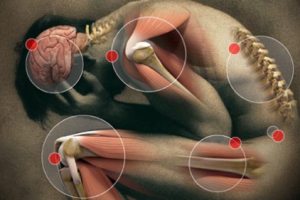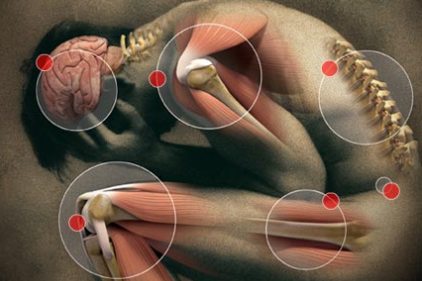 This week the
This week the
Chances are many of your workers experiences pain at some point, but for those with depression or anxiety, pain can become particularly intense and hard to treat, according to the article. People suffering from depression tend to experience more severe and long-lasting pain than other people.
Have you seen any of these signs in your workforce: the overlap of anxiety, depression, and pain is particularly evident in chronic and sometimes disabling pain syndromes such as fibromyalgia, irritable bowel syndrome, low back pain, headaches, and nerve pain.
Chronic pain is depressing, and likewise, major depression may feel physically painful. But as researchers have learned more about how the brain works, and how the nervous system interacts with other parts of the body, they have discovered that pain shares some biological mechanisms with anxiety and depression, according to the article.
So what about treatment options?
In patients with depression or anxiety, various psychotherapies can be used on their own to treat pain or may be combined with drug treatment, according to the article.
Pain is demoralizing as well as hurtful. Cognitive behavioral therapy (CBT) is the best-studied psychotherapy for treating pain, according to the article. CBT is based on the premise that thoughts, feelings, and sensations are all related. Therapists use CBT to help patients learn coping skills so that they can manage, rather than be victimized by, their pain.
Various techniques can help people to relax and reduce the stress response. Stress tends to exacerbate pain as well as symptoms of anxiety and depression. Techniques include progressive muscle relaxation, yoga, and mindfulness training, according to the article.
Research shows regular physical activity boosts mood and alleviates anxiety, but there is less evidence about its impact on pain.
According to the HealthBEAT article, the Cochrane Collaboration reviewed 34 studies that compared exercise interventions with various control conditions in the treatment of fibromyalgia. The reviewers concluded that aerobic exercise, performed at the intensity recommended for maintaining heart and respiratory fitness, improved overall well-being and physical function in patients with fibromyalgia, and might alleviate pain. More limited evidence suggests that exercises designed to build muscle strength, such as lifting weights, might also improve pain, overall functioning, and mood.
Patients with anxiety or depression sometimes find that combining psychotherapy with medication offers the most complete relief. Some psychiatric medications also work as pain relievers, thereby addressing two problems at once. But remember that pharmaceutical companies have a financial interest in promoting as many uses as possible for their products — so it is wise to check that evidence exists to support any “off label” (not FDA-approved) uses for medications, according to the article.



